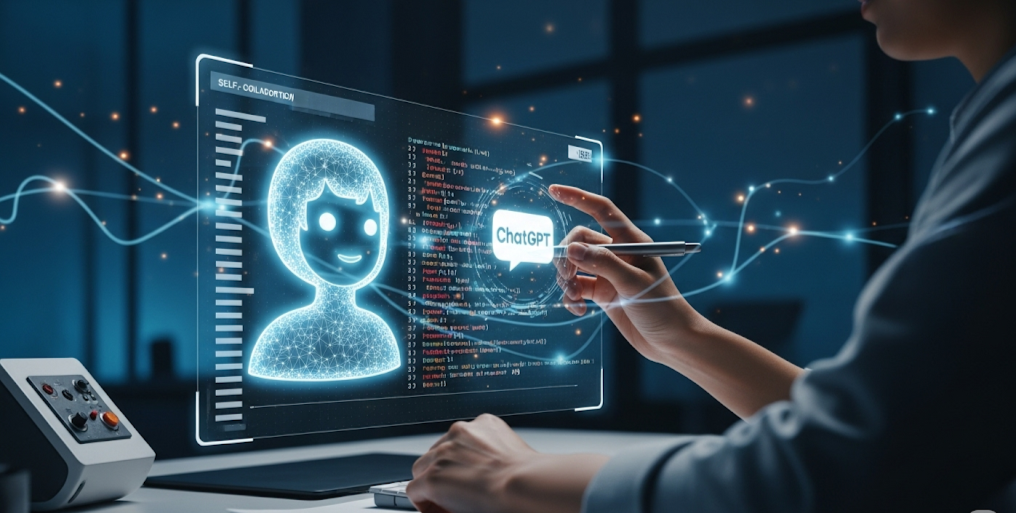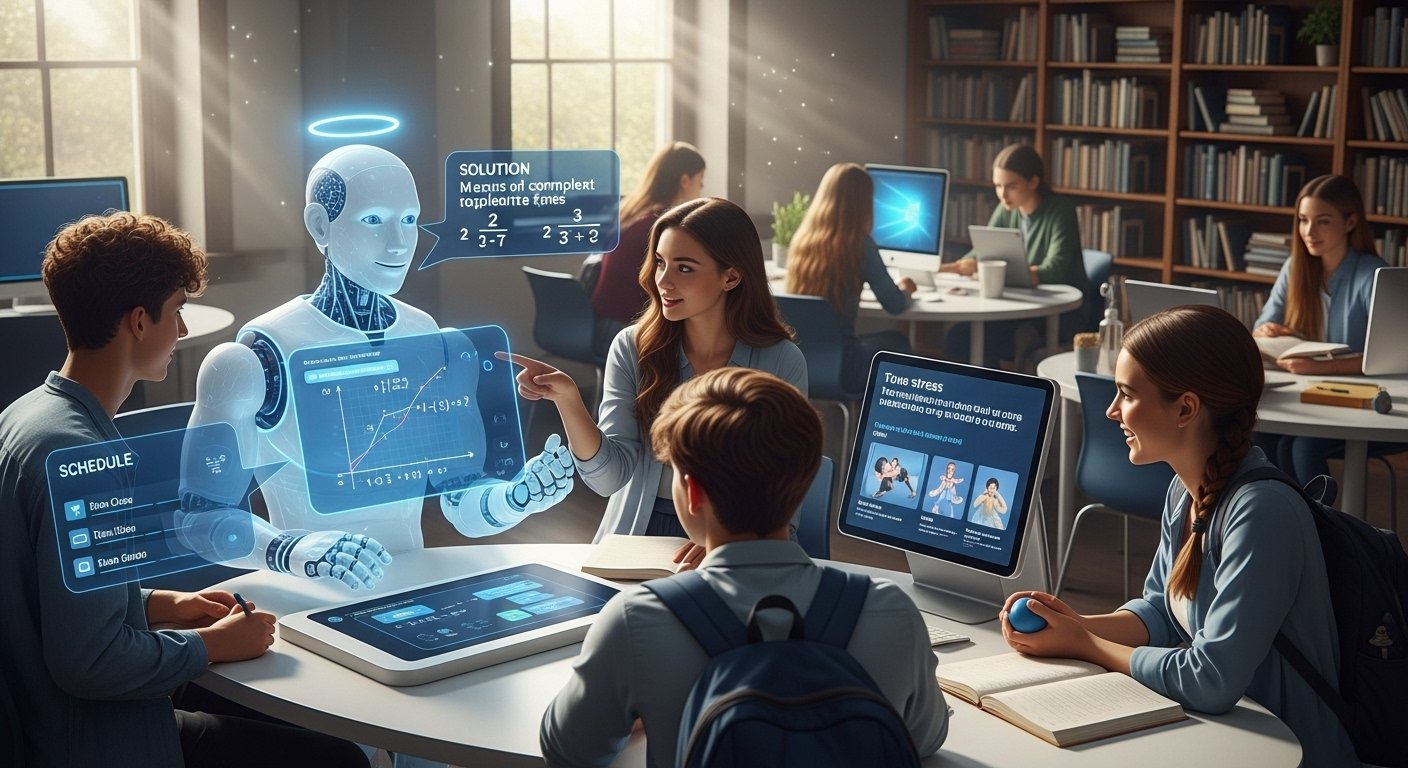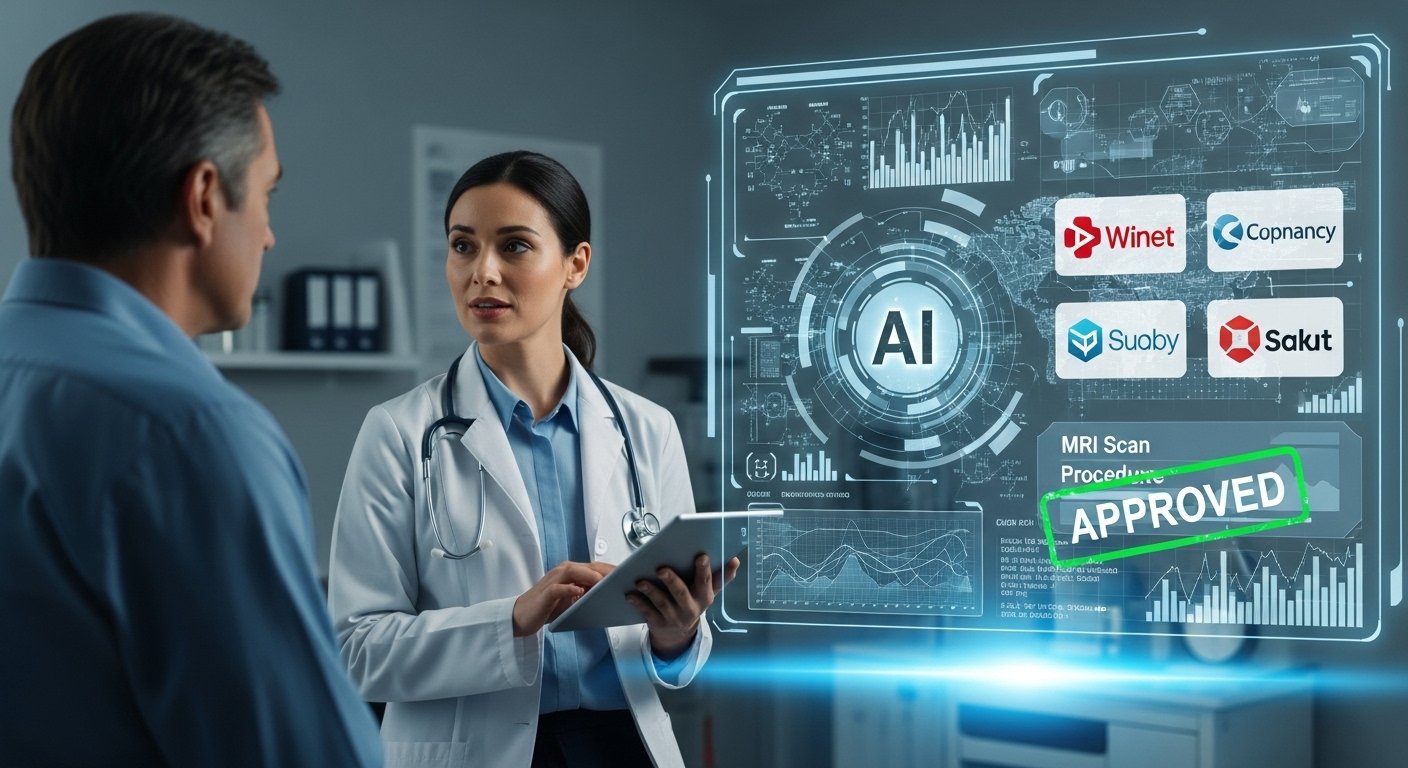In the ever-evolving world of software development, the need for faster, more efficient coding solutions has never been more pressing. Traditional methods often involve manual code writing, debugging, and testing, which can be time-consuming and error-prone. However, the rise of artificial intelligence (AI) is changing the game. One such breakthrough is self-collaboration code generation via ChatGPT.
This innovative approach allows multiple instances of AI, like ChatGPT, to collaborate and generate code. Rather than relying on a single AI model to handle everything, self-collaboration divides tasks among different AI agents that specialize in specific roles. The result? A faster, more accurate, and more efficient coding process that can significantly streamline software development.
But how does this method work, and why should developers embrace it? In this article, we’ll explore the concept of self-collaboration in code generation, provide real-world examples, discuss the benefits, and guide you on how to leverage this technology to enhance your coding process.
What is Self-Collaboration Code Generation via ChatGPT?
Self-collaboration code generation refers to a unique approach in which multiple AI models collaborate on different aspects of a coding task. In the case of ChatGPT, this involves different “agents” taking on distinct roles, such as:
-
The Analyst: This AI agent is responsible for breaking down the requirements of the coding task. It defines what needs to be done, gathers necessary details, and outlines a plan for the code.
-
The Coder: This agent generates the actual code based on the analysis provided by the Analyst. It may write full functions, classes, or even entire applications depending on the task.
-
The Tester: Once the code is generated, the Tester AI evaluates the code for any errors, bugs, or performance issues. It runs tests, checks for edge cases, and suggests any improvements needed.
The key idea is that rather than having one ChatGPT instance handle the entire coding process, the AI models specialize in different stages, just like how a human team would divide work in a collaborative setting.
How Does Self-Collaboration in Code Generation Work?
Self-collaboration in code generation may sound like a complex idea, but in reality, it’s simply a process of dividing tasks for efficiency. Here’s how it typically works:
1. Breaking Down the Task (The Analyst Role)
The first step in any coding task is understanding what needs to be done. This is where the Analyst AI comes in. The Analyst takes the user’s input or project requirements and breaks them down into manageable steps. This could involve:
-
Defining the problem clearly
-
Outlining the structure and logic of the code
-
Listing any specific requirements, such as libraries to be used, frameworks to follow, or APIs to integrate with
For example, if the task is to create a simple calculator application, the Analyst might define the input-output relationship, like accepting numbers and operators from the user and returning the result of the calculation.
2. Generating the Code (The Coder Role)
Once the task has been broken down and the requirements are clear, the Coder AI takes over. Using the analysis from the first step, the Coder writes the actual code. Depending on the complexity of the project, the Coder may write multiple lines of code, functions, or even an entire script.
For instance, in the case of the calculator, the Coder would generate code for functions like addition, subtraction, multiplication, and division, as well as user input handling.
3. Testing and Iteration (The Tester Role)
After the Coder has generated the code, the Tester AI comes in. This agent tests the code to identify bugs, performance issues, or areas for improvement. It runs unit tests, checks for edge cases, and ensures that the code behaves as expected in all scenarios.
If the Tester finds any issues, it will suggest fixes or adjustments, and the Coder will update the code accordingly. This iterative process continues until the code is error-free and performs optimally.
Real-World Example: Streamlining a Web App Project
To better understand how self-collaboration code generation via ChatGPT works, let’s look at an example in action: developing a web application that integrates an API for user authentication.
Let’s say you’re building an application that needs to authenticate users via OAuth2. Instead of doing everything manually, you can leverage self-collaboration to speed up the process:
-
Analyst: The Analyst AI will first break down the task. It will identify the need for user authentication, the use of OAuth2, and the handling of JWT tokens. The Analyst will also outline the steps needed to set up API calls for authentication.
-
Coder: The Coder AI will take the analysis and generate the necessary code for the API integration. This includes setting up authentication routes, handling user credentials, and ensuring secure token exchange.
-
Tester: Finally, the Tester AI runs tests to ensure that the authentication process works flawlessly. It checks edge cases, like invalid credentials, token expiry, or server errors, and ensures the system behaves correctly in all scenarios.
This collaborative approach speeds up the development process and ensures that the final code is optimized and error-free.
Benefits of Self-Collaboration Code Generation
Self-collaboration code generation via ChatGPT brings a number of significant advantages to developers:
1. Increased Efficiency and Speed
One of the main benefits is the increased speed of coding. By dividing tasks among multiple AI agents, you can work on different aspects of a project simultaneously, significantly reducing the time it takes to complete a task.
2. Higher Quality Code
Since multiple agents are involved in the process, each contributing its expertise, the overall quality of the code is higher. The Analyst defines the structure, the Coder writes the code, and the Tester ensures the code works perfectly. This collaborative method results in fewer bugs and more reliable code.
3. Greater Flexibility
Self-collaboration is versatile and can be applied to a wide range of projects, from small scripts to large-scale applications. Developers can modify the roles and tasks depending on the project’s complexity, ensuring the best possible approach to code generation.
4. Reduced Developer Overload
AI-assisted self-collaboration can offload repetitive tasks such as writing boilerplate code, debugging, and testing. This frees up developers to focus on more creative or complex aspects of the project, such as designing user interfaces or building advanced features.
Tools and Platforms for Self-Collaboration Code Generation
Several tools and platforms can help you implement self-collaboration code generation with ChatGPT. Here’s a look at some of the popular options:
| Tool/Platform | Key Features | Benefits |
|---|---|---|
| OpenAI’s ChatGPT | Natural language processing, code generation | Versatile, can handle a wide range of coding tasks, easy to use |
| GitHub Copilot | AI-powered code suggestions | Real-time suggestions, code completion, and debugging |
| Tabnine | AI code completion with multiple programming languages | Speed up coding, reduce errors, increase productivity |
For more insights on AI-assisted coding, check out OpenAI’s official documentation.
Conclusion: Embrace the Future of Coding with Self-Collaboration
Self-collaboration code generation via ChatGPT is transforming the way developers approach coding. By allowing multiple AI agents to collaborate on a single task, developers can produce code more quickly, with fewer errors, and with higher overall quality. Whether you’re working on a small project or a large enterprise application, this method can enhance your workflow and improve your coding efficiency.
Are you ready to embrace AI collaboration in your coding projects? Start integrating ChatGPT into your next development task and experience firsthand how this self-collaboration model can revolutionize your coding process.








Leave a Reply